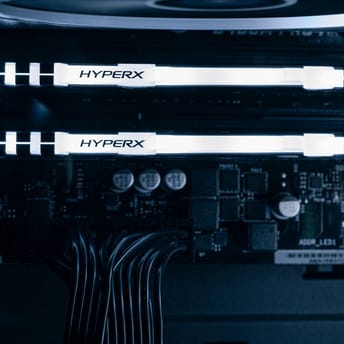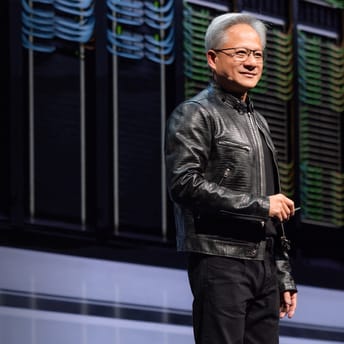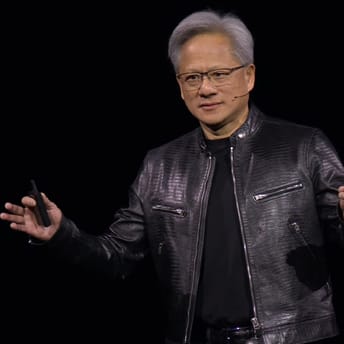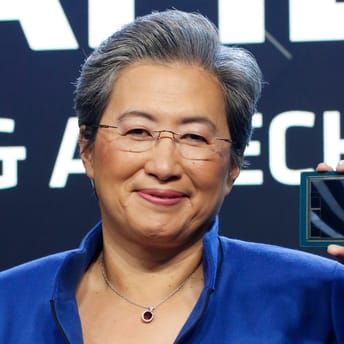Nvidia to invest $2B in xAI to lock a $20B deal for its own GPUs
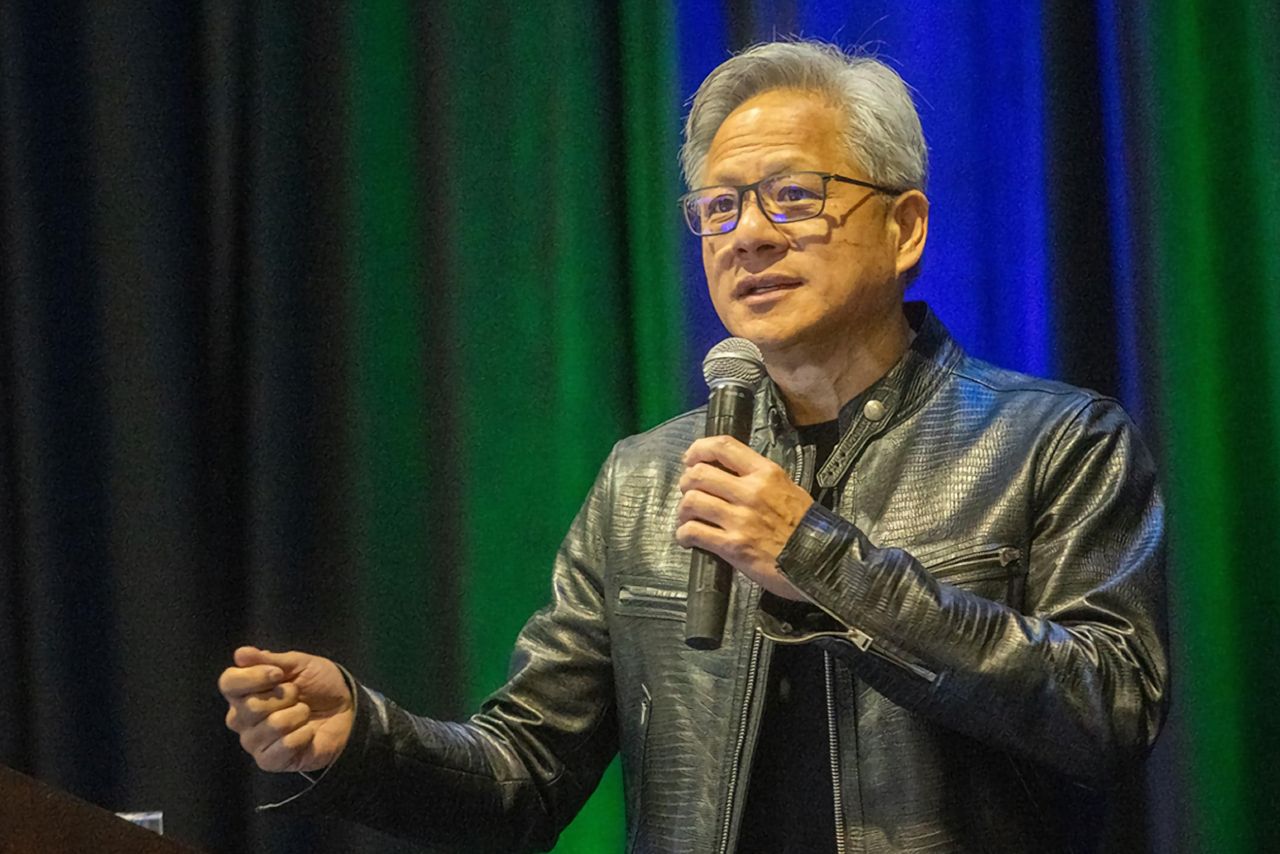
|
|
Key points
- Nvidia will invest up to $2 billion in xAI as the startup lines up approximately $20 billion to secure Nvidia AI GPUs.
- Nvidia’s CEO, Jensen Huang, has confirmed participation.
- AI buyers remain first in line for hardware, keeping consumer prices high as the DRAM supercycle runs into 2027.
Nvidia is backing xAI as Elon Musk’s company lines up about $20 billion to secure Nvidia AI GPUs for its Colossus 2 data center in Memphis. Nvidia’s own contribution may be up to $2 billion. Confirmed by Nvidia CEO, this deal extends the AI-first trend that keeps hardware prices elevated.
Bloomberg reports that xAI’s financing is structured around an SPV that will purchase Nvidia chips and rent them back to xAI for Colossus 2, the company’s largest site in Memphis.
Sources indicate that the equity slice is approximately $7.5 billion to $8 billion, while the debt portion could reach $12 billion to $12.5 billion. Nvidia is participating on the equity side with up to $2 billion. It’s another significant AI chip deal that secures GPU supply for xAI’s Memphis build, and Nvidia’s shares rose on the news.
Nvidia’s CEO, Jensen Huang, has now confirmed this in a fresh interview, telling CNBC he’s “super excited about the financing”. The other of his quotes is, “The only regret I have about xAI — we’re an investor already — is that I didn’t give him more money.”
Other major recent deals on AI hardware
- Qualcomm said it would acquire Arduino.
- Nvidia moved to invest $5 billion in Intel CPUs.
- OpenAI signed a fresh GPU supply deal with AMD.
- Nvidia intends to invest up to $100 billion in OpenAI.
This is hardware and financing for enterprise data centers and AI-related industries, not consumer graphics, so why do we cover these deals every day? It reinforces the current trend: AI buyers remain at the forefront for advanced packaging and HBM, which keeps pressure on costs and availability across the entire stack, including all kinds of gaming and consumer hardware.
Put simply: for suppliers, AI comes first. If capacity is short and AI costs rise, the consumer hardware market sees higher prices and fewer options as a result.
Memory is already in a DRAM supercycle expected to run through 2027, with inventories near 2018 lows and suppliers prioritizing AI. That pushes contract prices up quarter over quarter, and the increase is reflected in consumer hardware.
Retail RAM and high-capacity SSDs are repriced first, followed by consoles, laptops, and handhelds, which adjust as OEM contracts roll over. Expect fewer promotions, higher list prices, or smaller default capacities.

